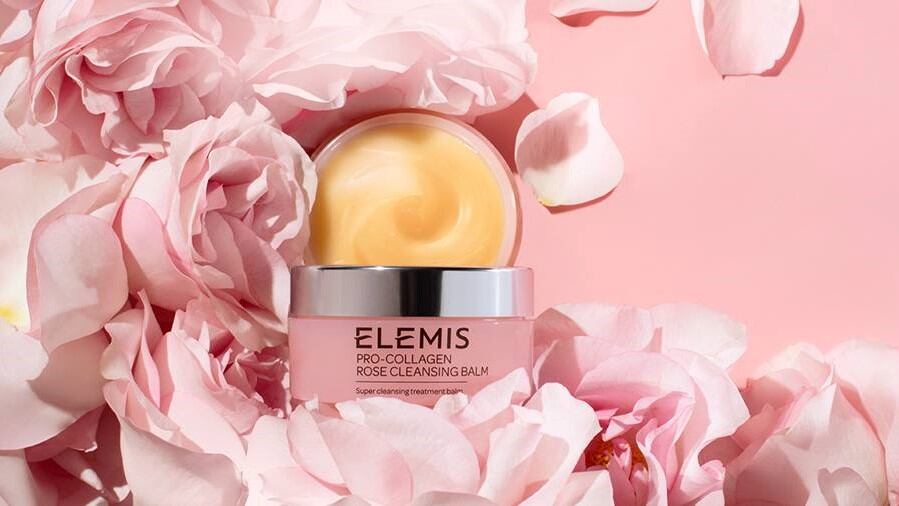The research found that zinc oxide (ZnO) nanoparticles does not penetrate the skin, refuting claims about the safety of nanoparticulate-based sunscreens.
The study was published in the Journal of Investigative Dermatology and led by the University of Queensland (UQ) and University of South Australia (UniSA).
Myth and misinformation
Despite the efficacy of ZnO as a sunscreen agent, there is a growing belief among consumers about its safety.
A 2017 National Sun Protection Survey by the Cancer Council Australia found that only 55% of Australians believed it was safe to use sunscreen every day, a drop from 61% in 2014.
The aim of the study was to investigate the truth behind the safety of sunscreens containing zinc.
“There were concerns that these zinc oxide nanoparticles could be absorbed into the epidermis, with toxic consequences, including DNA damage,” said lead investigator Professor Michael Roberts.
The myth, said Roberts, came about after previous animal studies found much higher skin absorption of zinc sunscreens than in human studies.
However, the results of this study proves that ZnO nanoparticles can be repeatedly applied to the skin with minimal risk of toxicity and is safer than not wearing sunscreen at all.
"The terrible consequences of skin cancer and photoaging are much greater than any toxicity risk posed by approved sunscreens," commented Roberts.
Proven by science
The team studied the safety of repeated application of ZnO nanoparticles with the help of five volunteers aged 20 to 30 years old.
The volunteers applied ZnO nanoparticles suspended in a commercial sunscreen base every hour for six hours on five consecutive days to mimic the regular use of sunscreen.
Using multiphoton tomography with fluorescence lifetime imaging microscopy, they showed that the nanoparticles remained within the superficial layers of the stratum corneum and in the skin furrows.
The fate of ZnO nanoparticles was also characterized in excised human skin in vitro. They did not penetrate the viable epidermis and no cellular toxicity was seen, even after repeated hourly or daily applications typically used for sunscreens.
Using multiphoton tomography with fluorescence lifetime imaging microscopy, they showed that the nanoparticles remained within the superficial layers.
“Using superior imaging methods, we established that the nanoparticles remained within the superficial layers of the skin and did not cause any cellular damage,” said Roberts.
Correcting false claims
Roberts is hopeful that the positive results will make an impact at the consumer-level.
“We hope that these findings will help improve consumer confidence in these products, and in turn lead to better sun protection and reduction in ultraviolet-induced skin aging and cancer cases.”
Paul Wright, associated professor at RMIT University and founding Co-ordinator of Asia Nano Safe and Nanosafe Australia commented: "This study reinforces the important public health message that the known benefits of using ZnO nano sunscreens clearly outweigh the perceived risks of using nano sunscreens that are not supported by the scientific evidence.”





